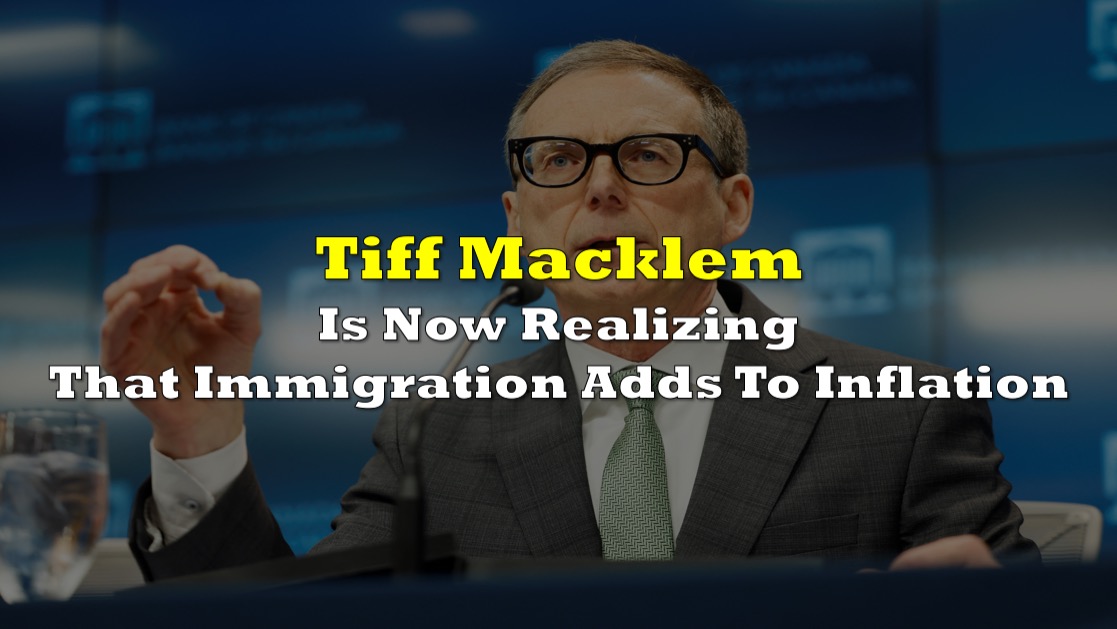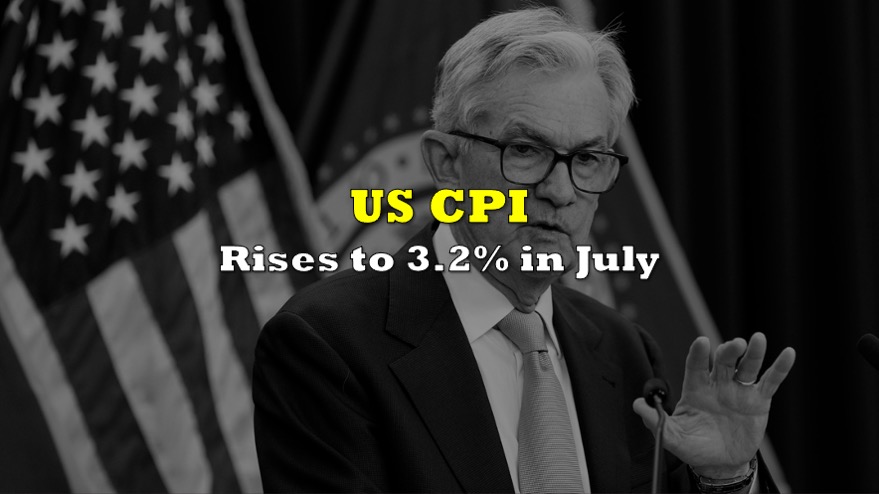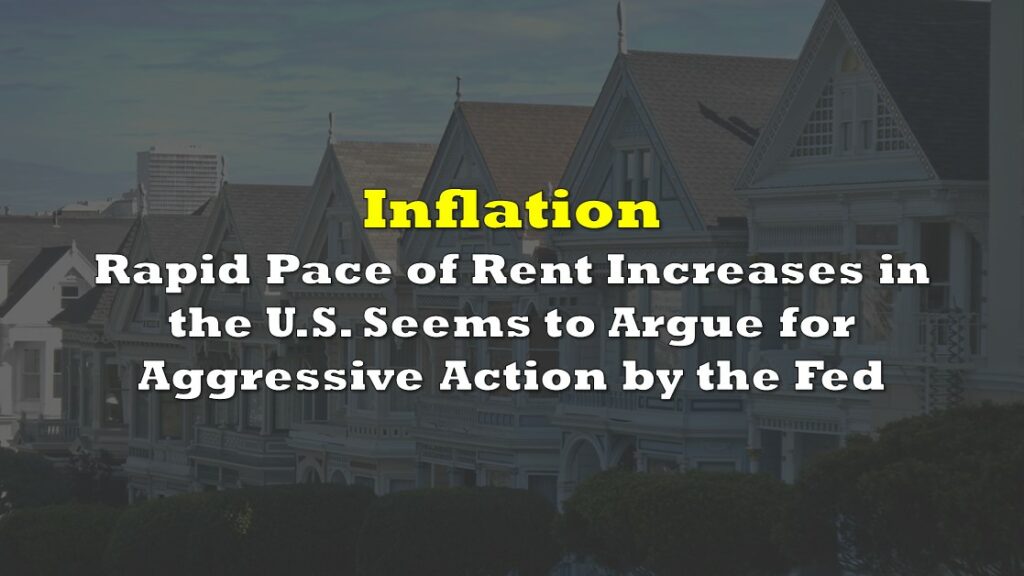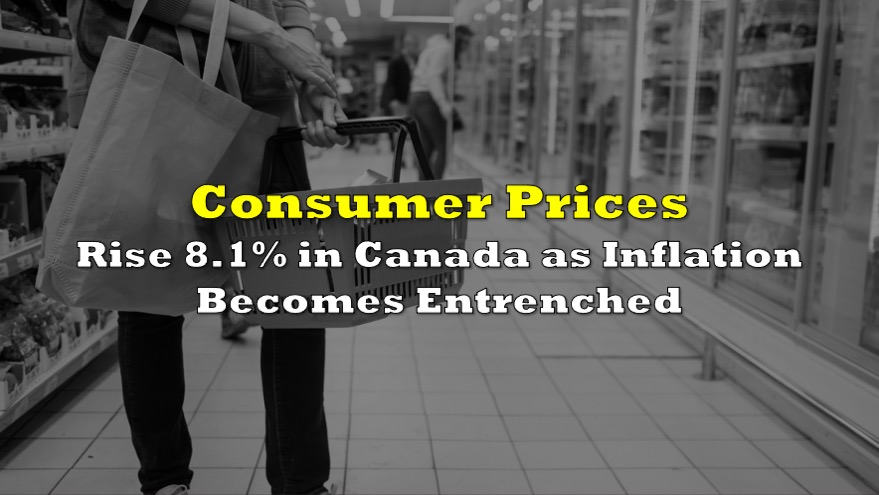As expected, the Bank of Canada (BOC) raised its overnight rate by another 25 basis points, bringing the cost of borrowing to 5%. But the central bank governor has outlined a series of economic factors, including immigration, that may have disrupted the agency’s expectations into how long the heating inflation will last.
In a press conference, Governor Tiff Macklem acknowledged the effectiveness of the current monetary policy but also emphasized that underlying inflationary pressures have proven to be more stubborn than anticipated, thereby pushing the central bank to continue its hawkish higher interest rate strategy to alleviate price pressures.
“Consumer spending on services remain robust. And while spending on many goods that are typically sensitive to interest rates has slowed, it has not slowed by as much as we expected,” Macklem said.
Tiff Macklem is basically saying we need to create pain to fix the economy.
— SmallCapSteve (@smallcapsteve) July 12, 2023
I'm sure he loves watching Trudeau and Freeland run these huge deficits. pic.twitter.com/RAKJA6NeCT
Despite some indications of easing, the labor market remains tight, the governor highlighted the ongoing challenges in achieving a balanced economic landscape. Macklem assured that the BOC is prepared to raise rates further, underscoring the commitment to take necessary actions to maintain economic stability.
“We are trying to balance the risks of under and over tightening monetary policy,” he noted. “If we don’t do enough now we’ll likely have to do even more later.”
Macklem also identified rapid population growth as a factor contributing to the economic activity that’s pushing prices higher.
“Newcomers to Canada are entering the labor force, easing labor shortages. But at the same time, they add to consumer spending and demand for housing,” he said.
Where the Governor of the Bank of Canada shares his new found knowledge that immigrants aren’t just units of labor, but people.
— Darshan Maharaja (@TheophanesRex) July 12, 2023
“Newcomers to Canada are entering the labor force, easing labor shortages. But at the same time, they add to consumer spending and demand for housing.” https://t.co/d7Z8xt5jrA
In contrast, just last December, Macklem was highlighting the need to boost immigration or else the economy would face even higher interest rate hikes. In a speech at a conference on diversity, equity, and inclusion in Ottawa, the central bank governor pointed out then the challenges faced by the Canadian labor market.
“Businesses have had a hard time hiring enough workers to produce all the goods and services Canadians want to buy. Job vacancies are elevated, and firms report widespread labour shortages,” he then said.
Macklem suggested that increasing immigration could help address these labor market imbalances and potentially reduce the need to raise interest rates.
“The other way to rebalance supply and demand is to increase the supply of workers,” he reasoned. “That takes time and with inflation already far too high and with elevated risks that high inflation becomes entrenched increasing labour supply is not an alternative to slowing demand.”
However, Macklem emphasized that while increasing labor supply is not a substitute for slowing demand, it can be a complementary measure.
Tiff has flagged rampant population growth about a dozen times this presser. Suffice to say it’s throwing a wrench in their projections.
— Steve Saretsky (@SteveSaretsky) July 12, 2023
The recent decision to raise the policy rate was reached by the governing council, reflecting their concerns regarding persistent excess demand and underlying inflationary pressures. Consensus within the council was clear: monetary policy needs to become more restrictive in order to bring inflation back to the targeted 2% level.
While the governing council did consider the possibility of keeping rates unchanged, the cost of delaying action was deemed greater than the benefit of waiting. By implementing rate increases in June and July, the BOC aims to gradually steer inflation back toward its 2% target.
Information for this briefing was found via sources mentioned. The author has no securities or affiliations related to these organizations. Not a recommendation to buy or sell. Always do additional research and consult a professional before purchasing a security. The author holds no licenses.











